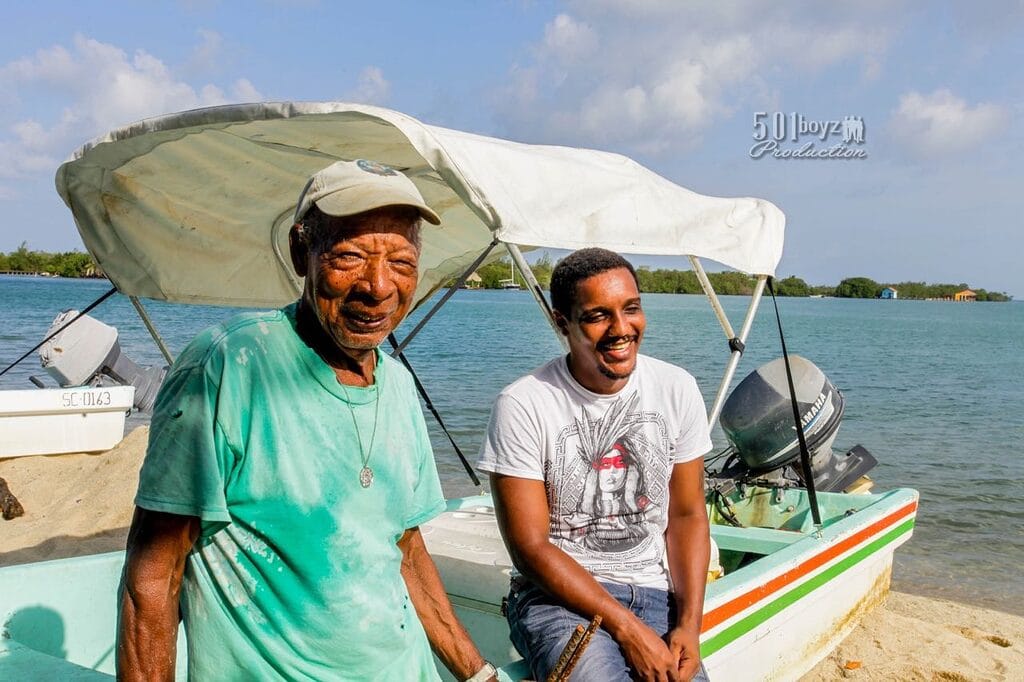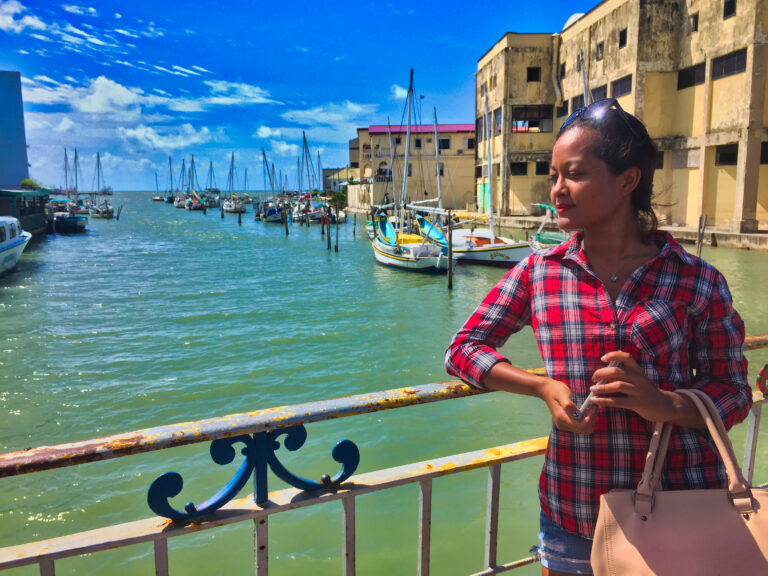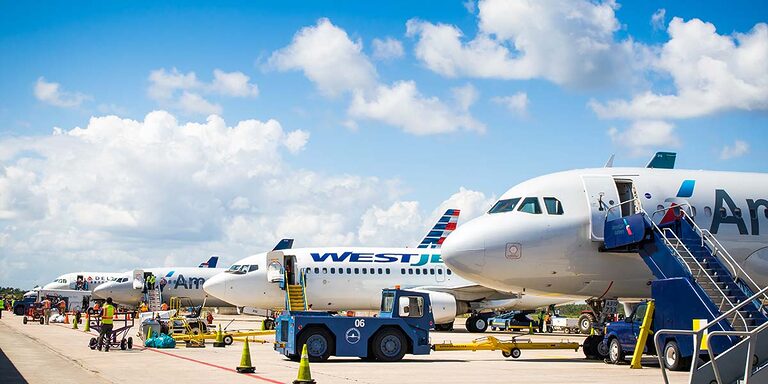What Language Is Spoken in Belize?
A Local Guide’s Perspective on English, Creole, and the Many Voices of Belize
🇧🇿 Belize's Official Language: English
Belize is the only English-speaking country in Central America, making it an easy destination for U.S. travelers. Street signs, official documents, and school instruction are all in English. That means you can land in Belize and immediately ask for directions, order food, or chat with your guide—no translation app needed.
But don’t let the English fool you into thinking things are too familiar. Belize’s culture has its own rhythm, and so does the way we speak.

🗣️ Belizean Creole: Our Everyday Voice
While English is official, the most commonly spoken language in daily life is Belizean Creole—or as we say, Kriol. It’s a rich, expressive dialect based on English but with African, Spanish, and Mayan influences.
Did you know?
According to Belize’s most recent census, over 60% of the population speaks Creole at home, even though English is the language of school and government.
Creole isn’t “broken English.” It’s a full language with its own rules, rhythm, and beauty. Here’s a simple comparison:
| English | Creole (Kriol) |
|---|---|
| Where are you going? | Da weh part yuh di go? |
| I’m here. | Mi deh yah. |
| Let’s go! | Mek wi guh! |
When I guide tours, guests often say, “I hear an accent when you speak English,” or they ask, “Can you say that again in Creole?” That’s when I give them a mini lesson. Most people find it fun, and they love trying out a few words on their own.
Sometimes, when I feel really comfortable with my group, the Creole just comes out naturally—it’s part of who I am. And many guests say it’s one of the most authentic experiences of their trip.
🌍 Other Languages Spoken in Belize
Belize is incredibly diverse for its size. Apart from English and Creole, you’ll also hear:
- Spanish – spoken by over 46% of the population, especially in the north and west, like Orange Walk and Cayo.
- Maya Languages – Qʼeqchiʼ, Mopan, and Yucatec are still spoken in southern villages and rural communities.
- Garifuna – heard along the southern coast, especially in Dangriga and Hopkins. It’s an Afro-Indigenous language rich with culture, music, and oral tradition.
- Mennonite German (Plautdietsch) – spoken in Mennonite communities like Spanish Lookout and Shipyard.
Although many Belizeans, including myself, primarily speak English and Creole, it’s common for people here to also understand or fluently speak Spanish and at least one Maya language. This makes Belize an ideal destination for American and Canadian visitors—most travelers feel right at home without needing to learn another language. In fact, many have chosen to settle here for that very reason.
No matter where you go, people will greet you warmly. And chances are, they’ll speak some English—but their first language may be something entirely different.
🇬🇧 Why Is English the Official Language of Belize?
Belize is the only English-speaking country in Central America — and that’s not by accident. It’s the result of over 300 years of colonial influence.
Starting in the 1600s, British logwood cutters and settlers known as the Baymen established themselves along the coast. Though Spain claimed the territory, the British presence grew strong enough that Belize was declared a British colony — British Honduras — in 1862.
Under British rule, English became the language of:
- Government and law
- Schools and churches
- Trade and diplomacy
Even after independence in 1981, English remained the official language — not only for continuity, but because it connected Belize to global systems of education, tourism, and business.
But outside the halls of government, something else was happening: Belizean Creole (Kriol) was growing stronger — a people’s language born from history, hardship, and resilience.

🙋♂️ From My Guests: Questions I Often Get
“Why do Belizeans sound like they’re singing when they talk?”
“Is that Jamaican?”
“Can I learn to speak Creole in a day?”
People are curious, and that curiosity is the start of cultural connection. As a guide, I love when people want to go beyond the tour and dive into how we live, speak, and express ourselves. Language is part of the experience.
I often tell guests, “Just try a few words. We’ll help you.”
🌴 Regional Language Tip for Travelers
Different regions in Belize have different dominant languages:
- In San Ignacio (Cayo District), Spanish is often heard alongside English and Mopan Maya.
- In Hopkins and Dangriga, Garifuna is prominent.
- In Orange Walk and Corozal, expect lots of Spanish.
- In Belize City, English and Creole dominate daily speech.
Wherever you go, listen—language often tells you where you are.
🔗 Related Reading
❓ FAQs About Language in Belize
In Belizean Creole (Kriol), the most common way to say hello is:
👉 “Weh di goan?”
It literally means “What’s going on?” and is used casually, like “What’s up?” among friends.
You can also hear:
- “Hey” – used just like in English
- “Good maanin” – used in the morning, said with a Creole rhythm
Not officially. Spanish is widely spoken, but English is the official language of Belize.
While English is the official language, the most widely spoken language in everyday life is Belizean Creole. Spanish is also very common, especially in northern and western districts. Many people are bilingual or trilingual, switching between English, Creole, and Spanish with ease.
Belize is home to at least 10 languages, including:
English (official)
- Belizean Creole (Kriol)
- Spanish
- Garifuna
- Qʼeqchiʼ Maya
- Mopan Maya
- Yucatec Maya
- Plautdietsch (Mennonite German)
- Mandarin
- Hindi and other immigrant languages in smaller communities
This linguistic diversity reflects Belize’s rich cultural heritage.
In Belizean Creole, yes is often just “Yes”, but you may also hear:
👉 “Yeh man” – an informal, friendly way to say “yes” or “definitely.”
👉 “Mm-hmm” – a common nonverbal agreement, just like in English but more expressive in tone.
📢 Final Word: It’s More Than Just Words
Language in Belize is more than communication—it’s a window into our culture, humor, and soul. Whether you’re hearing English with a twist or trying your first Creole phrase, you’re connecting with the real Belize.
When you travel with me, I don’t just guide you—I talk with you. And sometimes, that conversation teaches you more than any signpost ever could.
English became Belize’s official language not by chance, but by design — rooted in British control of education, law, and trade. According to Encyclopedia Britannica, this shift began as early as the 17th century with logwood cutters and was formalized when Belize became a British colony in 1862.
🧭 Want to learn Belizean Creole during your trip?
Language in Belize isn’t just about communication. It’s about survival, memory, and identity.
Walk through a Belizean market or take a bus cross-country, and you’ll hear English, Creole (Kriol), Spanish, Maya languages, Garifuna, and more.
If you’re curious, keep walking with me. Every story is connected — and Belize speaks more than one truth.




